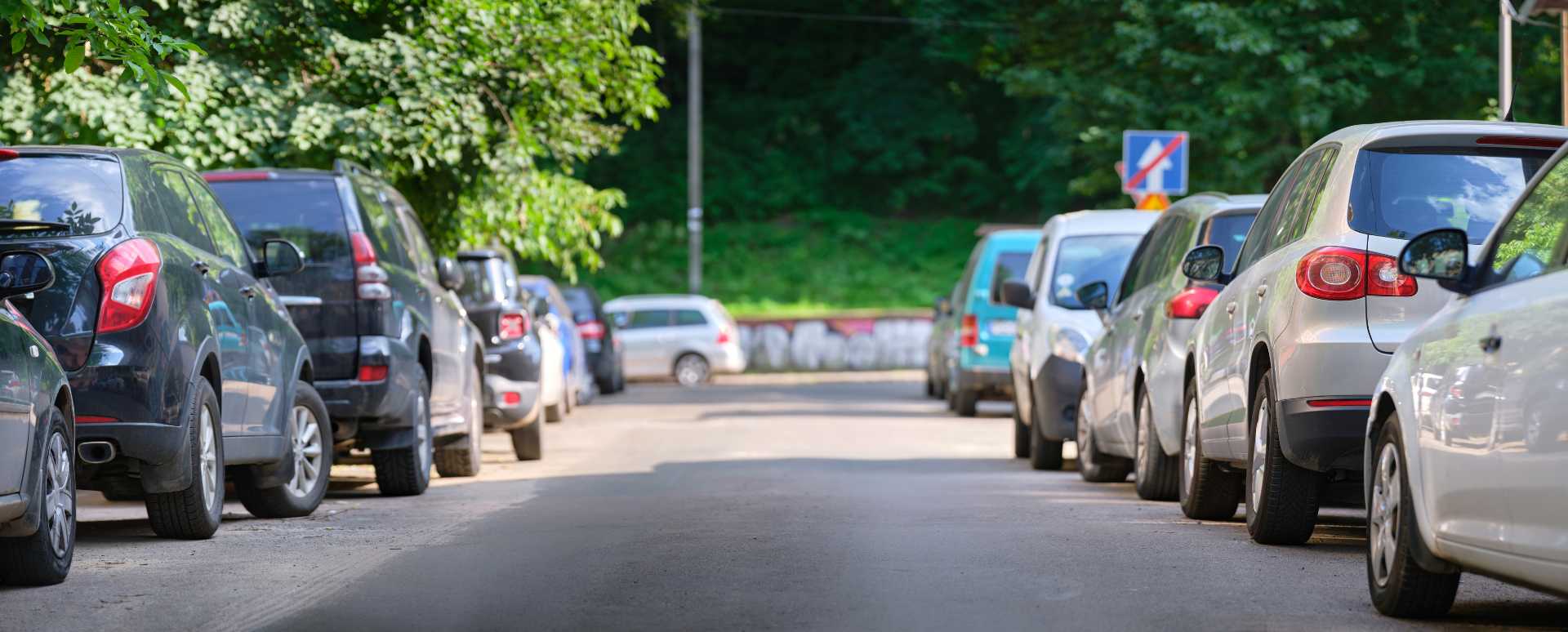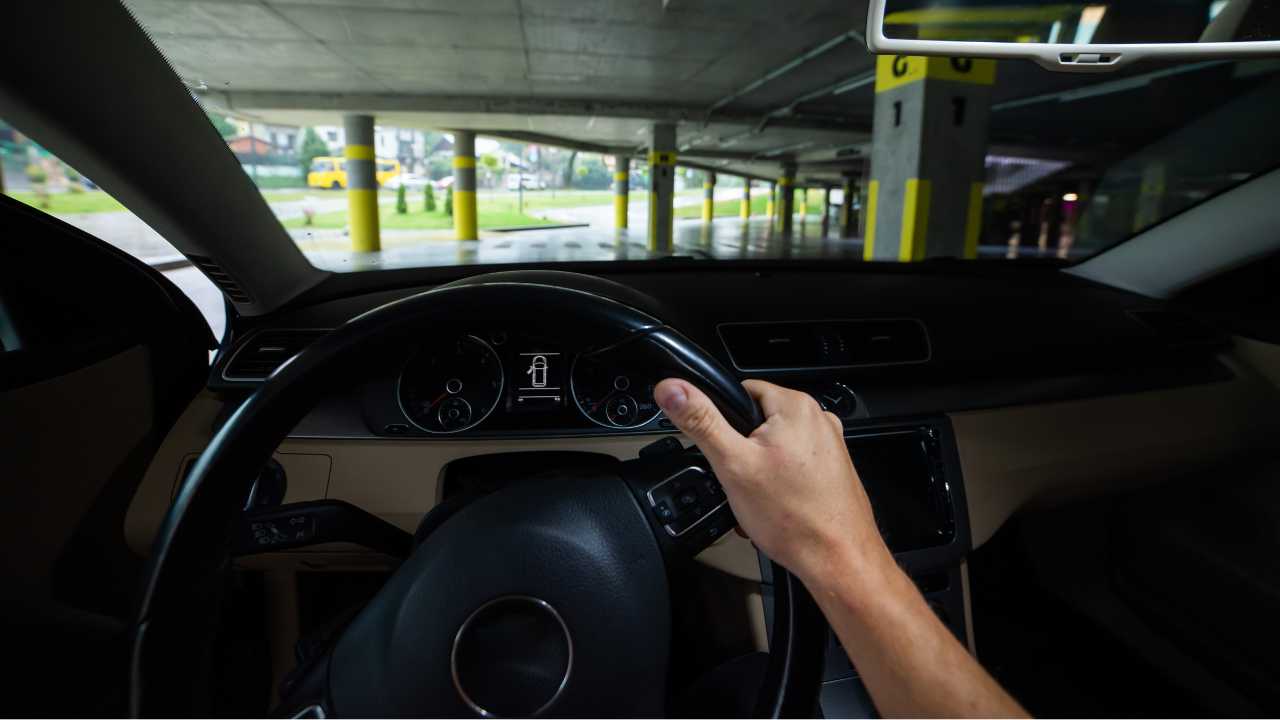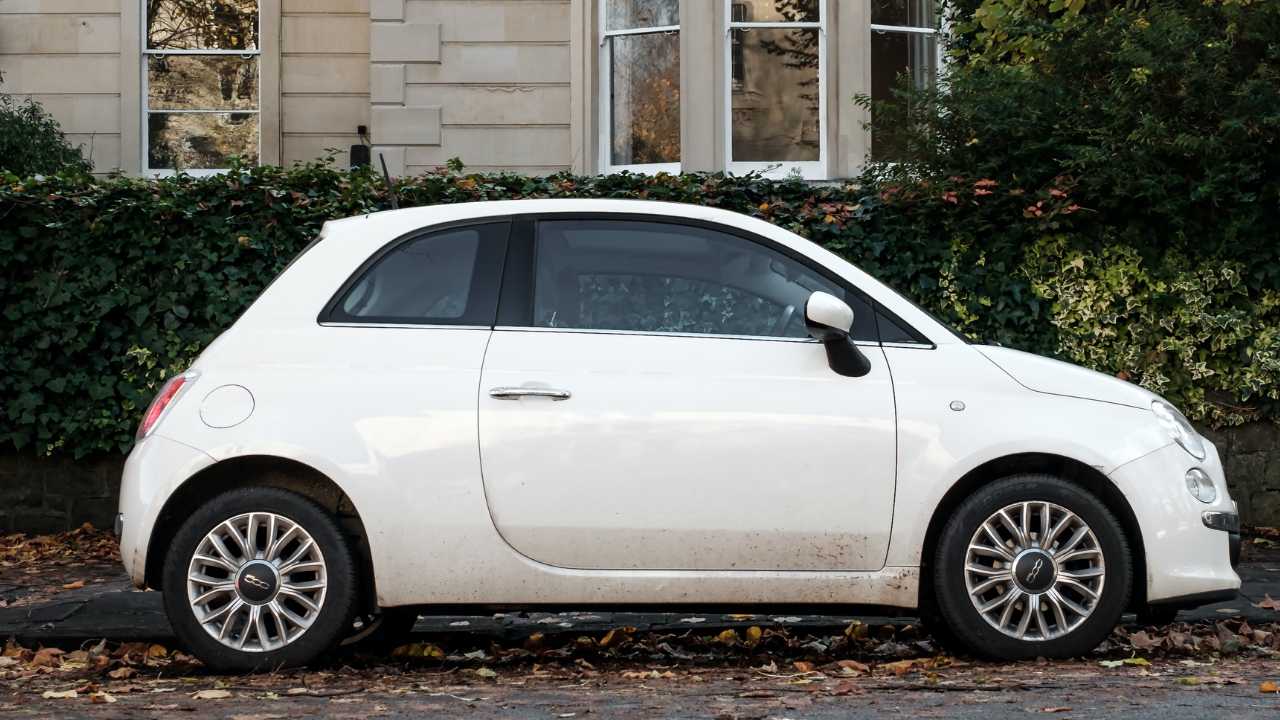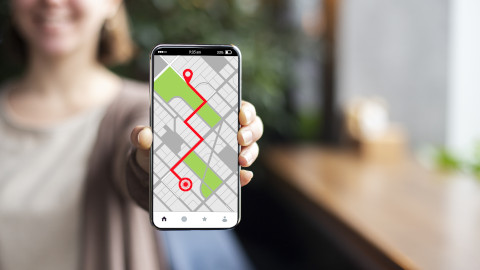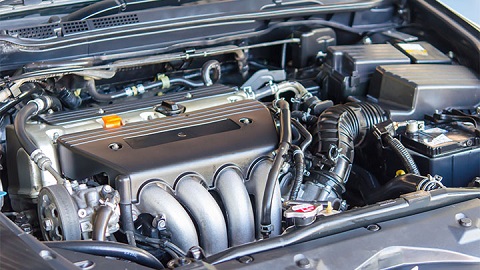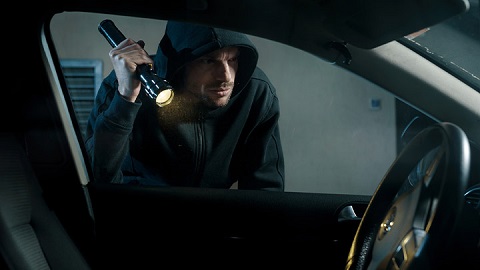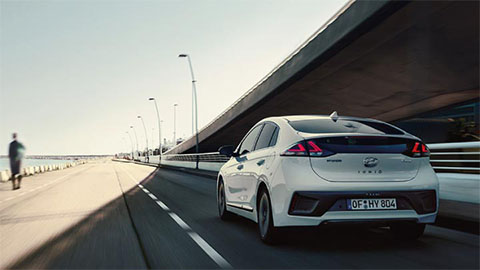How to do a hill start without the car rolling back?
Learning how to do a hill start is essential for new and experienced drivers in the UK. The hill start is one of the manoeuvres you’ll be expected to perform on your practical test, and it’s a useful skill to have in your day-to-day life.
This guide will walk you through the steps you need to follow to do a quick hill start that’ll earn points on your test and will make taking off from gradient a lot easier.
Contents
- What’s a hill start?
- How to do hill start?
- What is the security feature: Hill Start Assist?
- Do I need to do a hill start on an automatic?
- Do I have to do a hill start downhill?
What’s a hill start?
As the name suggests, hill start is a manoeuvre that requires you to turn on your vehicle and pull it out from a levelled angle (such as a parking spot in a hill or unlevelled gradient).
A lot of newer drivers feel insecure when they have to perform a hill start as it requires precise clutch control, but with gravity working against the driver whilst pulling the car down.
If not performed correctly, this manoeuvre can cause an accident that will most likely be considered your fault.
Some newer cars have Hill Start Assist Technology, that facilitates the process of manoeuvring the vehicle out of the unlevelled spot, but it’s most likely you’ll be asked to perform it without this security feature on your driving test.
How to do a hill start?
There are two situations where you may need to do a hill start: when pulling out of an inclined car park or when driving up hill (or an unlevelled road). This step-by-step guide should be followed in both situations to avoid your vehicle from rolling downwards.
The first step is to make sure your hand brake is firmly engaged. This should prevent an abrupt movement that you won’t be able to control.
Then it’s time to put the car into first gear. For that, you’ll need to move the clutch all the way down and then select first gear. You’ll want to be able to move the car when you put down the clutch again, and that’s only possible if in first gear.
Now, this is the point where you check that everything is alright. Check both sides of the road to make sure you can drive (or make sure the light is green before moving), and feel if the car is ready to be moved.
The way you know if the car is ready to move is by placing both of your hands onto the steering wheel and gradually releasing your foot from the clutch whilst applying revs using the accelerator. You should feel that the car wants to pull forward gradually, at which point you can release the handbrake to set off.
What is the security feature: Hill Start Assist?
A lot of modern vehicles come with a Hill Start Assist as one of their security features. The main aim of this feature is to help drivers perform the hill start successfully, due to all the details motorists have to be aware of to do this manoeuvre.
Hill Start Assist work by getting information from your vehicle’s sensors so it can identify if you’re on an inclined road. Then it maintains the brake pressure for about three seconds (although this time can change depending on the manufacturer), so you can remove your foot from the clutch and brake pedal and press the petrol pedal.
If you fail to do so within the three seconds, your car will start rolling down, and you’ll have to put your handbrake on and start the process again.
Do I need to do a hill start on an automatic?
The quick and simple answer to this question is yes. The difference between performing a hill start on a manual and on an automatic is that you won’t have to worry about the clutch pedal.
The process is the same for both types of vehicles, but instead of removing your foot from the clutch pedal, you’ll remove from the brake.
Hill Start Assist is available in many automatic car models, and you can benefit from it as well.
Do I have to do a hill start downhill?
It’s possible that you may have to do a downhill hill start at some point. In the occasional times you need to do so, the process should be easier than when you’ve parked uphill.
The first thing to take into consideration is that gravity is on your side, but don’t let this mislead you. Your goal is still keeping the car under control and avoid it rolling down and hitting someone or something.
The downhill hill start follow the same principles discussed previously in the uphill section. Make sure the handbrake is engaged, and take your foot off the clutch pedal gradually until the car starts to pull forward. You may need to apply a few revs if the hill isn't giving you enough downward momentum.
Then you’ll put the car into either first or second gear (the recommendation is second gear when the hill is steep). Now, the difference starts in the next step. Instead of hitting the accelerator, you’ll hit the brake pedal slowly whilst removing your foot from the clutch and disengaging the handbrake at the same time.
Find more driving tips with Evans Halshaw
Learning how to do a hill start is an important step into becoming a confident driver. This country is full of roads up and down hills, and you’ll need to perform this manoeuvre sooner or later. Make sure to practice it as much as you can, because you will be asked to perform it on your driving test.
If you’re interested in more driving advice, make sure to check out our blog where you’ll be able to find all sorts of driving guides, tips and tricks for safety driving, and it’s constantly being updated with the newest information.

